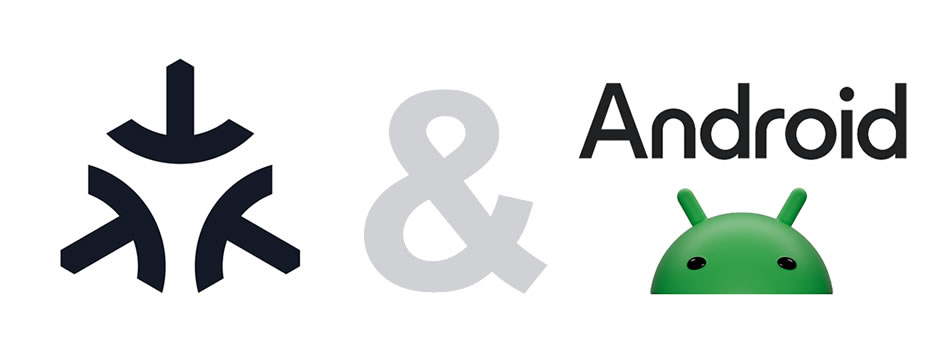In the dynamic landscape of smart technology, the interplay between connectivity protocols and virtual assistants stands as a cornerstone for seamless user experiences. As the world becomes increasingly interconnected, two dominant players emerge in this arena: Matter Connectivity and Google Assistant. In this comprehensive comparison, we delve into the intricacies of both technologies to decipher their strengths, weaknesses, and potential impact on the future of smart ecosystems.
Understanding Matter Connectivity:
Matter Connectivity, formerly known as Project CHIP (Connected Home over IP), is a collaborative effort led by industry giants like Apple, Google, Amazon, and others. This ambitious initiative aims to create a unified standard for smart home devices, fostering interoperability and simplifying the user experience. By establishing a common language for devices to communicate, Matter promises to eliminate compatibility issues and streamline the setup process for consumers.
One of the key advantages of Matter Connectivity lies in its commitment to openness and inclusivity. Unlike proprietary solutions that lock users into specific ecosystems, Matter embraces interoperability, allowing devices from different manufacturers to seamlessly integrate and communicate with each other. This not only expands consumer choice but also fosters innovation by lowering the barriers for developers to create compatible products.
Furthermore, Matter boasts robust security features, prioritizing user privacy and data protection. With built-in encryption and authentication mechanisms, users can rest assured that their smart home devices are safeguarded against potential threats and vulnerabilities. By adhering to stringent security standards, Matter aims to build trust among consumers and drive widespread adoption of smart home technology.
Exploring the Power of Google Assistant:
On the other side of the spectrum, Google Assistant stands as a formidable contender in the realm of virtual assistants. Powered by advanced artificial intelligence algorithms, Google Assistant offers a wide array of features and functionalities designed to enhance productivity, convenience, and entertainment. From controlling smart devices to answering queries and managing schedules, Google Assistant serves as a versatile digital companion for millions of users worldwide.
One of the standout features of Google Assistant is its deep integration with Google’s ecosystem of services and products. Leveraging the vast trove of data accumulated by Google over the years, Google Assistant delivers personalized experiences tailored to each user’s preferences and habits. Whether it’s recommending restaurants based on past dining history or providing real-time traffic updates for daily commutes, Google Assistant strives to anticipate and fulfill users’ needs proactively.
Moreover, Google Assistant continues to evolve through continuous updates and enhancements, pushing the boundaries of what a virtual assistant can achieve. With advancements in natural language processing and machine learning, Google Assistant can understand context, carry out multi-step tasks, and engage in more natural and intuitive conversations with users. This ongoing innovation reinforces Google Assistant’s position as a frontrunner in the virtual assistant landscape.
Comparative Analysis:
When pitting Matter Connectivity against Google Assistant, several factors come into play, each contributing to the overall user experience and utility.
- Interoperability and Compatibility: Matter Connectivity shines in terms of interoperability, offering a standardized framework for smart home devices to communicate seamlessly. In contrast, Google Assistant’s compatibility may be limited to devices within its ecosystem, potentially restricting choice for consumers who own devices from different manufacturers.
- Security and Privacy: Both Matter Connectivity and Google Assistant prioritize security and privacy, albeit through different approaches. While Matter focuses on establishing robust security protocols at the device level, Google Assistant relies on Google’s extensive infrastructure and expertise to safeguard user data across its services.
- User Experience and Integration: Google Assistant holds an edge in terms of integration with Google’s ecosystem, providing a cohesive experience across various devices and services. However, Matter Connectivity’s emphasis on openness and interoperability could lead to a more diverse ecosystem of compatible devices, offering users greater flexibility and choice.
- Innovation and Future Prospects: Both Matter Connectivity and Google Assistant are poised for further innovation and expansion in the coming years. Matter’s collaborative approach and industry-wide support bode well for its future adoption, while Google Assistant’s relentless pursuit of AI advancements ensures that it remains at the forefront of virtual assistant technology.
Conclusion:
In the battle between Matter Connectivity and Google Assistant, there is no clear winner. Each technology brings unique strengths to the table, catering to different aspects of the smart home and digital assistant landscape. While Matter Connectivity champions interoperability and standardization, Google Assistant excels in personalized experiences and ecosystem integration.
Ultimately, the choice between Matter Connectivity and Google Assistant boils down to individual preferences, priorities, and existing ecosystem affiliations. Whether prioritizing seamless device connectivity or leveraging AI-driven personal assistants, consumers stand to benefit from the diverse array of technologies shaping the future of smart living.
As both Matter Connectivity and Google Assistant continue to evolve and innovate, one thing remains certain: the quest for smarter, more connected homes and digital experiences is just beginning, promising endless possibilities for users and developers alike.




